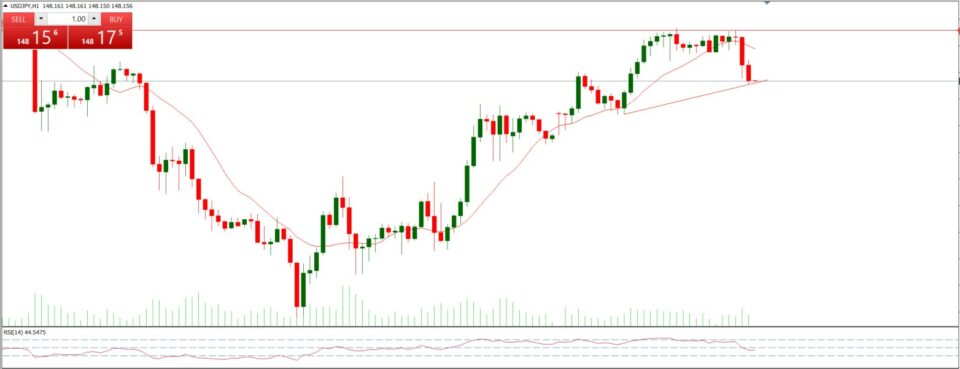XAUUSD Chart Analysis
After dropping from the key resistance level of $1660 the gold lost ground further and dropped to the key support level at $1630. Since today morning the gold has been on a recovery path as the USD is dropping against all the major pairs. With the start of the Asian session, investors scrambled to buy apparently cheaper gold. The price action would likely stay on the same path till we know what FOMC has to offer on the interest rate front later today. If interest rates are raised by another 75bps today, then Gold could drop sharply tonight to move below the support zone on the chart at $1620.
XAUUSD Chart Direction Bias – 1 Week
Trade Insights – XAUUSD
The chart shows possible short positions if Gold drops below the $1630 mark with the first target of the key support level at 1620 and then the test for $1600.
Alternatively, Chart shows viable long positions above the key support level at $1630 to first test the pivot at $1643 and after consolidation above this level then the test of the key resistance level at $1660.
Mover and Shaker of the day - USD/JPY
USD/JPY dropped by 0.35% or 0.5240 in the early trading today in anticipation of a softer approach on the interest rate front by the Feds in the FOMC in the meeting later today.

